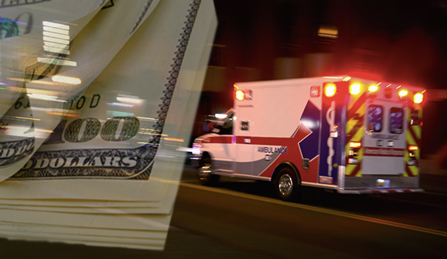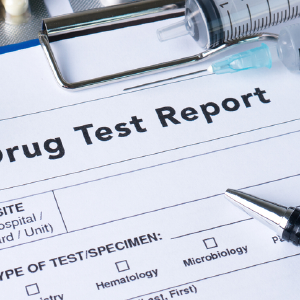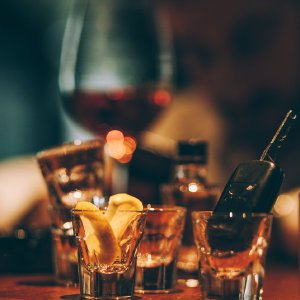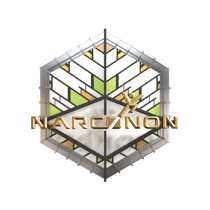The High Cost of Addiction
Many addicts will reject help because they say they are “only hurting themselves.” Anyone who has loved an addicted person knows otherwise. Families struggle with fear and pain every day, watching their loved one deteriorate in front of their eyes. But there is another cost—a cost in cold, hard cash. The Surgeon General has just announced the cost of excessive alcohol use and drug addiction at $442 billion each year.
Where Do These Costs Come From?
- Higher law enforcement costs
- Drug enforcement costs
- Government-funded emergency medical services
- Prosecution of drug-related crime
- Incarceration of criminals convicted of drug-related crime
- Healthcare and addiction treatment for those without insurance coverage
- Domestic violence cases
- Child welfare cases
- Assaults, rapes, suicides
- Traffic accidents resulting from drug or alcohol abuse
- Direct costs to businesses such as employee injury claims, property damage or thefts
- Indirect costs to businesses such as absenteeism or loss of productivity
- Support and care for families and children of those who die from drugs or alcohol
- And many other sources.

With the population of the United States over 320 million, you could consider that each American is paying $1,343 each year for these problems. But that calculation would include babies, retired people, inmates and disabled people. The cost is primarily felt by employed Americans.
Since there are about 152 million employed Americans, this means that each employed American shoulders a burden of $2,907 each year. A family with two working adults is paying $5,814 per year, even if they never drink or touch a drug.
The Greatest Cost
Of course, money is just one way of estimating the cost of addiction. It’s impossible to put a price tag on the grieving of tens of thousands of American mothers, fathers and other family members and friends. Each day, 129 people lose their lives to drug overdose deaths. If not for the widespread use of naloxone, the number would be even higher.
Every day, we lose the potential of these individuals, their brightness, their contributions to our industries and the arts. We lose thousands of parents to children, many of whom are young and will lack a mother or father’s love as they grow up. We lose the brightness also of children whose enthusiasm for life is dampened by abuse and neglect from an addicted parent.
Prevention
Every parent, grandparent and other family member can help prevent these catastrophes. It takes, most importantly, never taking a young person’s sobriety for granted. Too many families are sure that addiction will never strike their homes. But some teens or young adults die from overdoses without their families even knowing they were using drugs.

Families must be vigilant to note changes in behavior, health, educational or professional success, friendships, morality and choice of activity. A downward trend in these areas too often means drug or alcohol abuse. Individuals involved in drug abuse will naturally reject attention and claim nothing is wrong—it’s symptomatic of the problem. A family doctor can help a family determine if a drug or health problem is at the bottom of the change.
Parents must be determined to prevent all drug use by their children, particularly marijuana use as once use of this drug starts, the door is open to other drugs. Individuals using marijuana are often around people using other drugs and that transition is so easy. Be very clear that you intend that your children remain drug-free and refrain from using any alcohol until they are 21. And you must set a good example for them yourself.
Learn about the drugs they are going to be offered and explain the dangers of each one in an analytical way. And never let yourself be convinced that you can’t do anything about it. Your children will benefit from your dedication to this vital parenting skill.
Our website has a wealth of drug information you can use as you educate your children. Visit the drug abuse section of our website to find information on specific drugs. And let us know if you need help with recovery from addiction. For fifty years, we have been leading the addicted back to health and sobriety. We can help you and your family today.
Call us today
Reference :
https://addiction.surgeongeneral.gov/
https://www.justice.gov/archive/ndic/pubs44/44731/44731p.pdf


